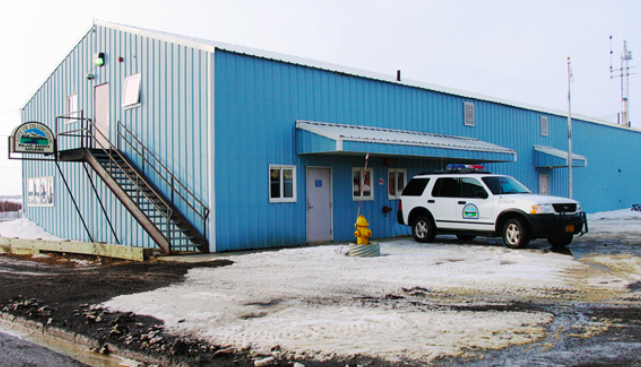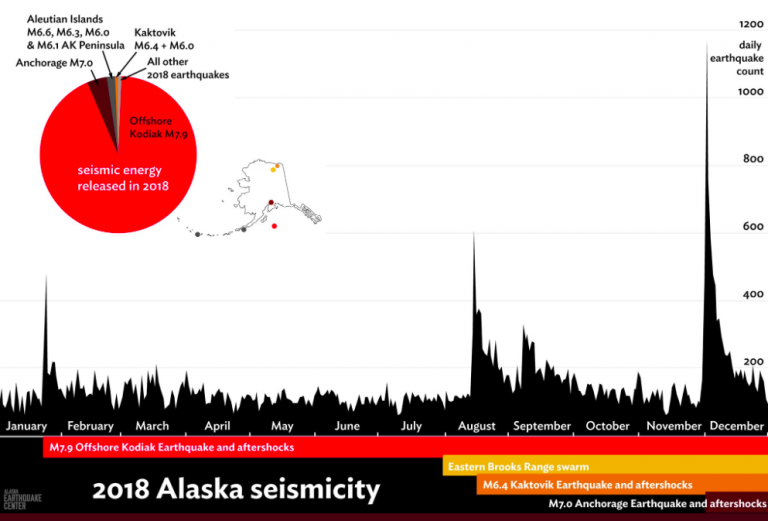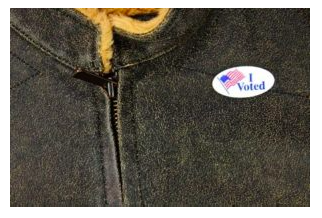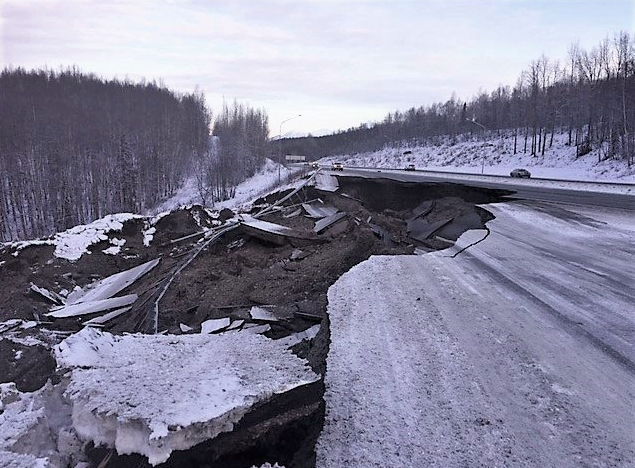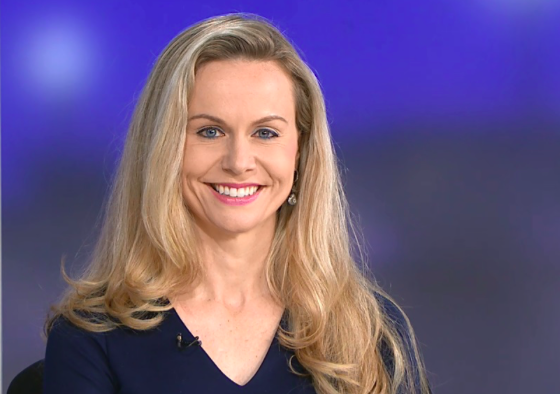(3-minute read) MOST ALASKANS LIKE THEIR CURRENT STATE BIRD
In an unscientific opinion poll run by Must Read Alaska on Facebook during a 7-day period ending Sunday, the willow ptarmigan has prevailed over the common raven.
Some 2,700 people took part in the poll, which asked whether the willow ptarmigan should remain the official Alaska state bird, as it has been since Statehood, or if the common raven should be crowned the ornithological symbol of Alaska.
Fairbanks Sen. Scott Kawasaki, in his first important bill filing, has requested the Legislature change out the State bird to raven.
72 percent of participants thought the ptarmigan, that camouflage artist of the tundra, should remain the state bird.
28 percent, however, were going with raven.
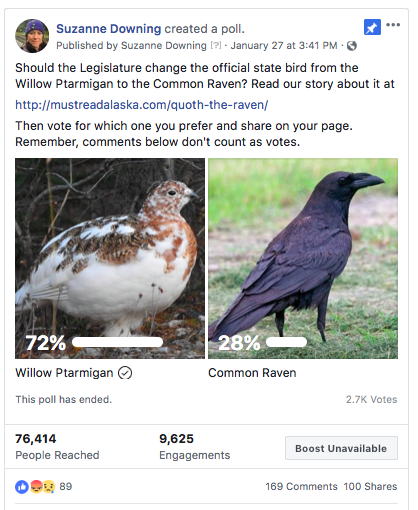
Ptarmigan started out strong in the poll and never lost much ground. At one point, it was ahead, 78-22 percent. The poll was widely shared by more than 100 Facebook accounts.
The bill that Kawasaki proposes simply changes the name of the state bird from ptarmigan to raven, and provides no explanation.
But isn’t it really about which bird has the better marketing department?
The ptarmigan isn’t featured in Alaska art as much as the raven is. There are no ptarmigan images on silver bracelets, while ravens are quite popular with paint artists and metalworkers. They are more interesting to photograph.
A more literary bird, the raven is filled with legend and poetic controversy. In Edgar Allen Poe’s poem, “The Raven,” the bird symbolizes death. In Tlingit cosmology, it is at times the creator and at other times the trickster.
In Greek mythology, ravens are a symbol of bad luck, and were the gods’ messengers in the mortal world.
In the Islamic Koran’s version of the story of Cain and Abel, the raven taught Cain how to bury Abel, whom he had just murdered. Badass move.
The ptarmigan is considered a easy prey animal, while ravens have so much attitude that occasionally they will even gang up on bald eagles, the symbol of America.
The common raven has been the official bird of the Yukon Territory in Canada since 1986, and also the official bird of Yellowknife, Northwest Territories.
Craig Compeau, a Fairbanks business owner and backer of the legislation, tried to convince this author of the charm of the raven, with this original poem:
Behold the lowly Ptarmigan
A silly little bird
Considered by most of its peers
A brainless fuzzy nerd
It changes as the seasons go from brown to winter white
I think because its maker knew the bird could never fight
The raven on the other hand- is brilliant and tenacious
And it should be Alaska’s bird, if simply on that basis.
It has the keen ability to do math in its head
To make and use for tools what it needs to get ahead
It sits upon a roadkill moose, but can’t get to the feast.
So simulates a howling wolf- and draws the canine beast
It doesn’t take but minutes for the wolf to smell its prey
Then tears it up.. providing Mr Raven his buffet.
The Ptarmigan, conversely, has a shortage of gray matter
The massive grill on semi-trucks is where they often splatter
And if a hungry person had the urge to catch one whole
They likely could, on snowshoes, with my Chitina dip net pole.
So let’s give Mr. Raven the respect that he should get
And make him our new State bird, there is nothing left to vet
For those that want the Ptarmigan, (that fragile little group)
Must be content just knowing that it makes a decent soup.
BUT STILL…
With all that mythology, cosmology, and poetry, Alaskans still stuck with the uncomplicated ptarmigan.
In the comments underneath the poll, many Alaskans agreed that the raven is a smart, cagey bird, and that the ptarmigan is none too swift in the IQ department. But most of the comments centered around the triviality of the entire Kawasaki bill, indicating that he has too much time on his hands.
Now, back to the game.

